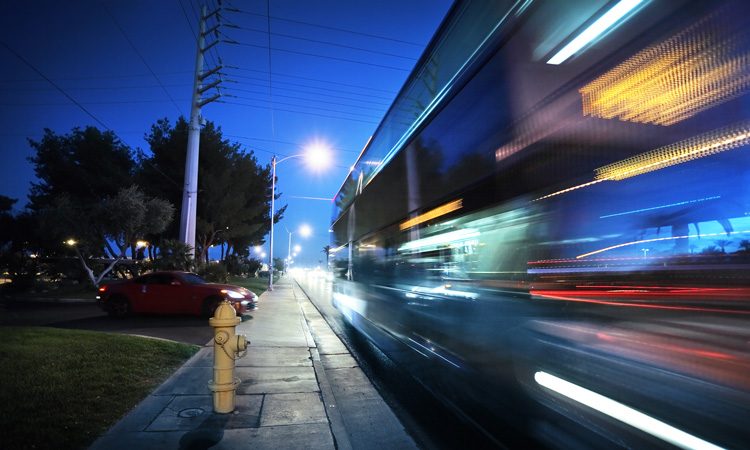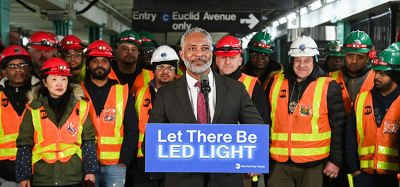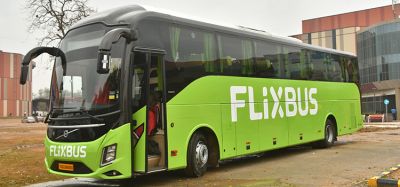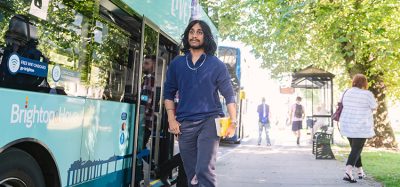New BRT guide tells U.S. cities how buses can help fight climate change
- Like
- Digg
- Del
- Tumblr
- VKontakte
- Buffer
- Love This
- Odnoklassniki
- Meneame
- Blogger
- Amazon
- Yahoo Mail
- Gmail
- AOL
- Newsvine
- HackerNews
- Evernote
- MySpace
- Mail.ru
- Viadeo
- Line
- Comments
- Yummly
- SMS
- Viber
- Telegram
- Subscribe
- Skype
- Facebook Messenger
- Kakao
- LiveJournal
- Yammer
- Edgar
- Fintel
- Mix
- Instapaper
- Copy Link
Posted: 27 September 2019 | Intelligent Transport
The guide aims to empower planners and policymakers to reduce carbon emissions from transport, critical to achieving city climate mitigation goals and resiliency plans.


As cities around the U.S. lead new efforts to cut carbon emissions, the Institute for Transportation & Development Policy (ITDP) has released its first comprehensive guide offering strategies for implementing bus rapid transit (BRT) as a sustainable mobility solution in the U.S..
Getting to BRT: An Implementation Guide for U.S. Cities has been designed for planners and policymakers interested in BRT as an investment that will decrease transport-related greenhouse gases while boosting transit ridership, improving air quality, promoting economic development and social equity, and reducing traffic congestion.
“As more cities take leadership on climate, we have heard strong demand for a new BRT resource focused on the regulatory, social, environmental and funding dimensions particular to the United States,” said Michael Kodransky, ITDP U.S. Director.
“With the looming climate crisis, we hope this guide inspires U.S. cities to develop BRT corridors designed and executed with the highest standard of excellence, creating incredible new and improved connections for local communities. With this guide, cities can better use their streets to move more people in less vehicles—optimising resources for all.”
“We designed this guide to be useful to both seasoned transit experts as well as policymakers only beginning to consider BRT as an option for their community,” said Aileen Carrigan, ITDP Consultant and principal author of the guide. “The guide meets U.S. planners and policymakers where they are. Readers can flip from section to section to find the information most relevant to their point in the process.”
Global cities that invested in BRT witnessed a decrease in carbon emissions with dramatic improvements to local air quality. In many cases, the annual CO2 reduction from BRT is the equivalent of taking 20,000 – 40,000 cars off the road.
The ITDP guide offers strategies around implementing a BRT corridor from initial conception to operations in the U.S., helping readers anticipate common challenges and opportunities.
The guide contains case studies of three U.S. cities – Hartford, Albuquerque, and Richmond – that have successfully advanced BRT, as well as insights from several U.S. cities currently pursuing BRT.
Related topics
Air Quality, Fleet Management & Maintenance, Mobility Services, Public Transport, Sustainable Urban Transport
Related modes
Bus & Coach
Related cities
United States of America
Related organisations
Institute for Transportation and Development Policy (ITDP)
Related people
Aileen Carrigan, Michael Kodransky








